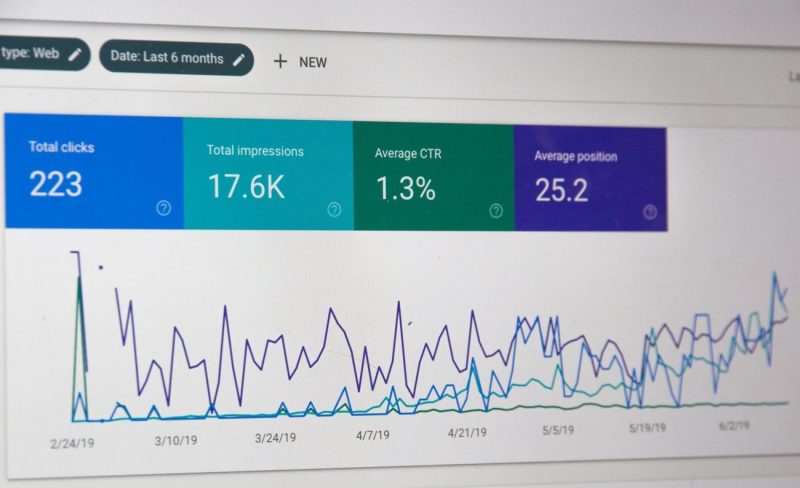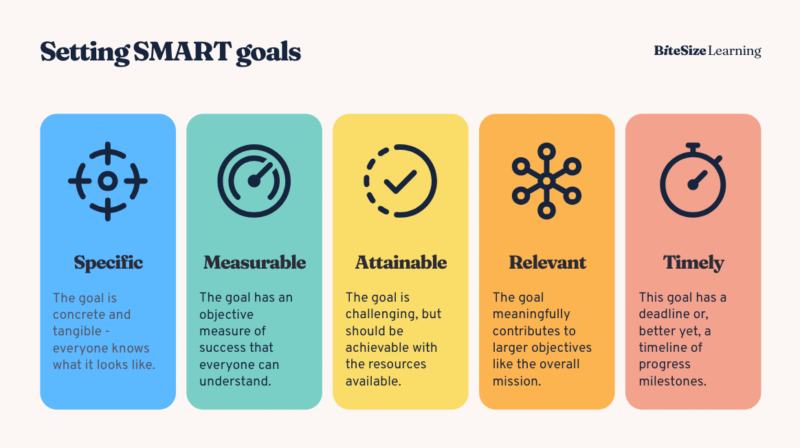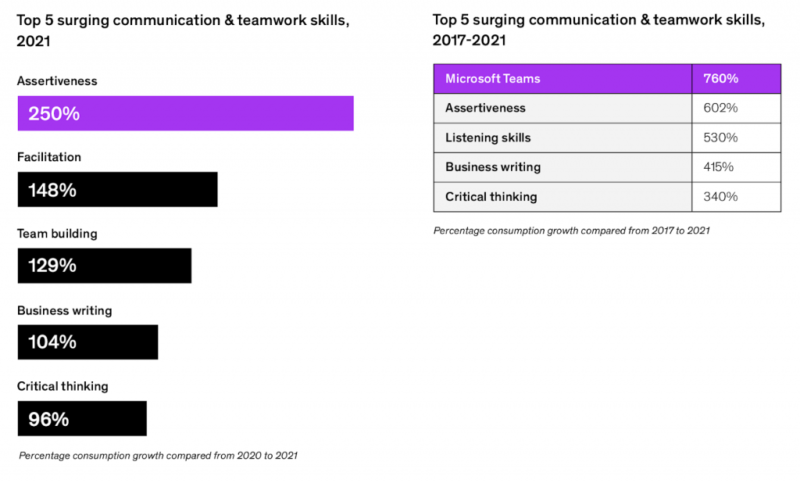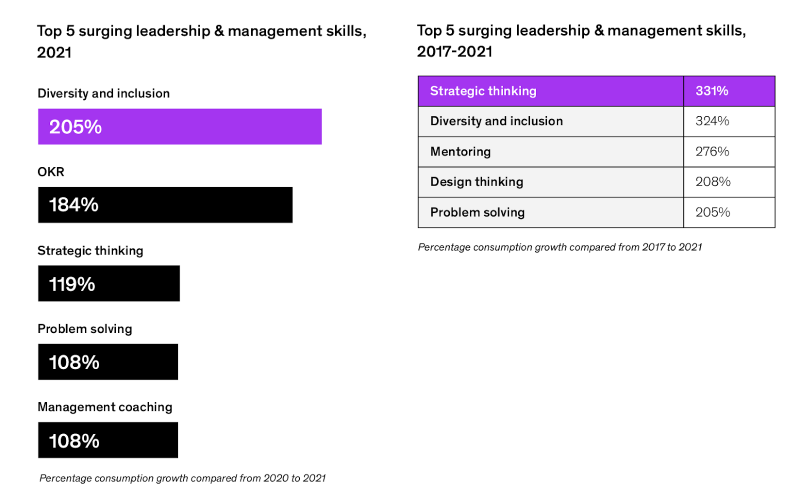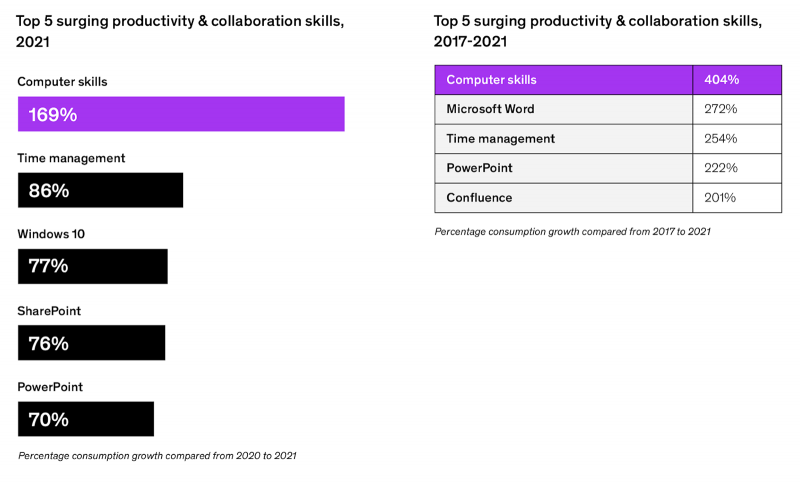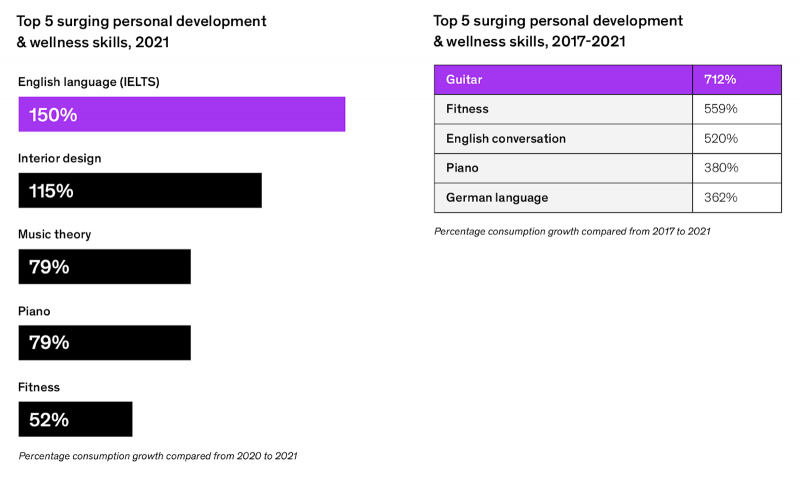Do you want to implement the CRM to your company? Below we will see which are the 5 best tools with which you can achieve it.
What is Customer Relation Management (CRM)?
Customer Relation Management (Customer Relationship Management) is a software that allows the company to keep abreast of the interactions that are maintained with buyers and potential leads in the company.
The purpose of these tools is to improve interaction with your target, encompasses all the commercial and marketing part, in these we have integrated the personal information of the customer that helps us to record their actions.
Another of the functions that this CRM has, is the registration of customer purchases, the cadence, the visits made by the user on our website, the forms or websites that most consult.
All this will help us to collect information and work with a marketing strategy focused on obtaining benefits, we will also know the type of product or service the user is looking for and, in this way, cover their needs.
Far beyond a database
Do not think that a CRM is like a database where we store personal information, it is much more, thanks to its functions we can automate warnings, customer management and even emails. With this we can appeal to the personalization of the content, for example by sending a birthday email.
Provide help to the marketing and sales team, understand customer needs, study behavior patterns, know which products are most interesting, improve the service and SEO positioning of a landing to get more leads, are some of the best features a CRM can offer you.
Also, if you’re an SME you won’t have to pay for this help as they only charge based on the number of leads. If you are a big company, do not hesitate to invest in this method because your sales team will be able to analyze these parameters to obtain good economic benefits.
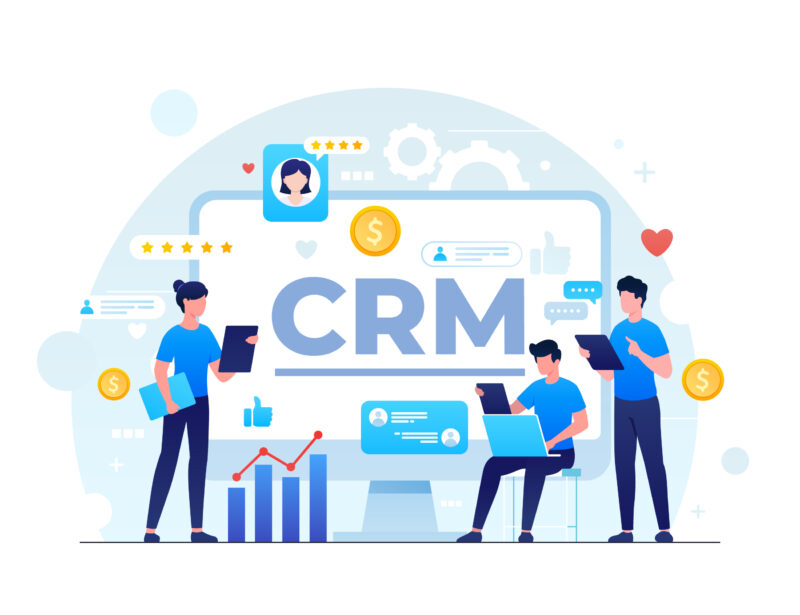
Top 5 CRM tools for your business
There are several types of CRM depending on the function you want to use, so here we provide a list so you can select the one that best suits the needs of your company and your objectives.
- Content management
This tool is aimed at small and medium-sized businesses, it allows you to manage your customers’ data in the most efficient way. Contact management at all stages of the sales process, customer-to-business relationship monitoring and sales pipeline monitoring are some of its highlights.
Other functions that can help you are: defining the contact relationship with the client by linking, active project management or creating and updating the perspective.
- Track conversations
This application is one of the most used in the market, thanks to the cloud provides all departments with information about customers in a unified and integrated way in an interface. In this way, both the sales and marketing teams can work together.
The personalized “Salesforce Customer 360” experience provides powerful, cross-departmental products for joint analysis.
- Follow up with potential customers
I’m sure you’ve heard of Hubspot before, it’s one of the tools most used by companies. Its interface shows you really important data for your company such as detailed reports on sales, team performance and your updated sales funnel.
It does not have maximum leads so it can be used by large companies, you can also create records of contacts and businesses; it is editable and customizable, as it has organizational elements so your team can maintain a predetermined order in the work.
- Multifunction
This tool has the advantage of tracking customers easily and lightly, real communication and task management make this program helps you integrate file storage and teamwork.
Not only can you have a common interface, but your employees can create their own workspaces to determine their calendars, tasks…
This software is quite complete as it has CRM, website, eCommerce, billing, project management, inventory and accounting in one, In this way, you can automate tasks and track consumer actions centrally on any device.
Now that you know the 5 best CRM tools and see how these types of tools can help you in many functions and that it is not only a database with customer information, It is time to evaluate the objectives of your company and select the program that best suits.



